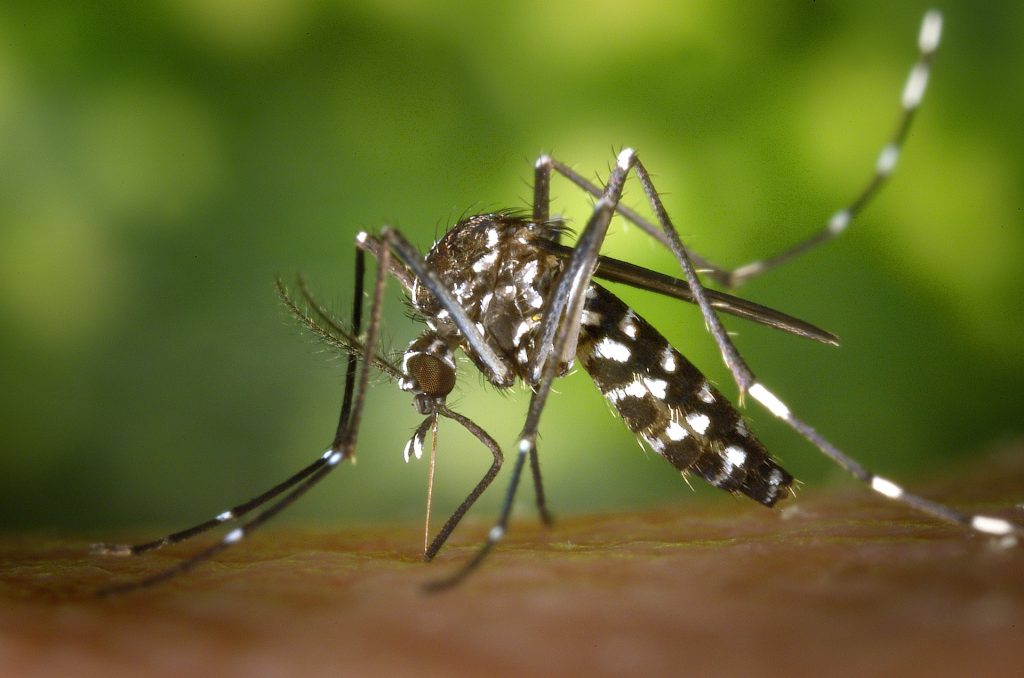Tropical diseases are found in Africa, Asia, and South America. Amongst many tropical diseases, there are 20 diseases that the World Health Organisation currently classifies as neglected tropical diseases: leishmaniasis, dengue, lymphatic filariasis, trachoma, leprosy, scabies etc. They are termed neglected as they hardly get as much attention as the other “big three”, malaria, tuberculosis, and HIV/AIDS (Hotez et al., 2008). Despite the term “neglected tropical disease” being invented for over a decade, they have yet to get much attention. This is primarily due to the lower mortality rate of these diseases with the combination of the poverty of the sufferers. Every year many drugs and vaccines are discovered for other illnesses; nevertheless, these diseases are never the priority. For instance, 256 new drugs were launched between 2012 and 2018, but less than ten drugs were designed to treat neglected diseases ( Ives, 2019 ).
Neglected tropical diseases are caused by various pathogens such as bacteria, viruses, parasites, fungi, and toxins. They cause severe illnesses, mortality, disfigurement, and disability. For example, secondary skin infection can be a complication of the scabies infestation, due to the intense itching nature of the disease. Similarly, visceral leishmaniasis or kala-azar without proper diagnosis and treatment is associated with a high mortality rate. Likewise, rabies is almost always fatal once the symptoms start appearing and causes around 59,000 deaths in a year. Hansen’s disease (leprosy) can cause severe disfigurement- as it affects the skin and nerves and hence people become disabled. As per the Centers for Disease Control and Prevention ( CDC) around 2 to 3 million people globally, are living with disability due to the Hansen disease. Similarly, millions of people are blind or visually impaired due to trachoma.
Trachoma is one of the oldest diseases and Its reference goes up to 8000 BC. Archaeologists had found evidence of trachoma from the ice age due to the lesions on the skulls, which had been thought to be chronic eye infections (Sight savers, 2022). Unfortunately, at the present day, it is still prevalent in society and as per World Health Organisation, it is responsible for causing around 1.9 million people to be blind or have a visual impairment. By the same token, the first recorded case of Elephantiasis (Lymphatic filariasis) goes back to much before biblical times (Hajdu,2002) and at the present time, many of us have witnessed it affecting many people in tropical and subtropical countries. Similarly, Hansen’s disease (leprosy) is one of the oldest diseases in human history and was found in 2000 BC in India (Robbins et al., 2009) and is still commonly found in India to the present day. Likewise, Buruli ulcer was first found in Buruli County, Uganda in 1897 by Sir Albert Cook and after over a century, 1258 cases were reported to WHO in 2020.
These are a few examples which should make us think if we are doing enough to control these neglected tropical diseases. This is a shocking fact considering and comparing it with other diseases like the coronavirus, which dominated the public discourse in 2020 and attracted countless media and scientific attention. Thus, its control programme and vaccine development were completed in less than five years. If one per cent of corona’s scientific and media attention was given to these neglected tropical diseases, they would have been controlled and sufferers would not cry for help to date.
References :
CDC, 2021. Hansen’s disease (Leprosy). [viewed 29/09/2022]. Available from: https://www.cdc.gov/leprosy/index.html.
JAMES IVES, 2019. New survey indicates need of attention to neglected tropical diseases. [viewed 28/09/2022]. Available from: https://www.news-medical.net/news/20190322/New-survey-indicates-need-of-attention-to-neglected-tropical-diseases.aspx.
ROBBINS, G., TRIPATHY, V.M., MISRA, V.N., MOHANTY, R.K., SHINDE, V.S., GRAY, K.M. & SCHUG, M.D., 2009. Ancient skeletal evidence for leprosy in India (2000 B.C.). PLoS ONE. 4(5), pp.e5669. Available from: 10.1371/journal.pone.0005669https://www.ncbi.nlm.nih.gov/pubmed/19479078.
SIGHTSAVERS, 2022. A history Of Trachoma. [viewed 3/10/2022]. Available from: https://www.sightsavers.org/protecting-sight/ntds/what-is-trachoma/history-of-trachoma/.
STEVEN I HAJDU, 2002. Elephantiasis. Annals of Clinical and Laboratory Science. [viewed 03/10/2022] www.annclinlabsci.org.
WORLD HEALTH ORGANISATION, 2022a. Buruli Ulcer. [viewed 29/09/2022]. Available from: https://web.archive.org/web/20191017231719/https://www.who.int/news-room/fact-sheets/detail/buruli-ulcer-(mycobacterium-ulcerans-infection).
WORLD HEALTH ORGANISATION, 2022b. Trachoma. [viewed 03/10/2022]. Available from: https://www.who.int/en/news-room/fact-sheets/detail/trachoma.
© 2022 Dr Mukta Bhattarai Pandey (MD, PGDip Public Health, MRCP(UK), MRes)
